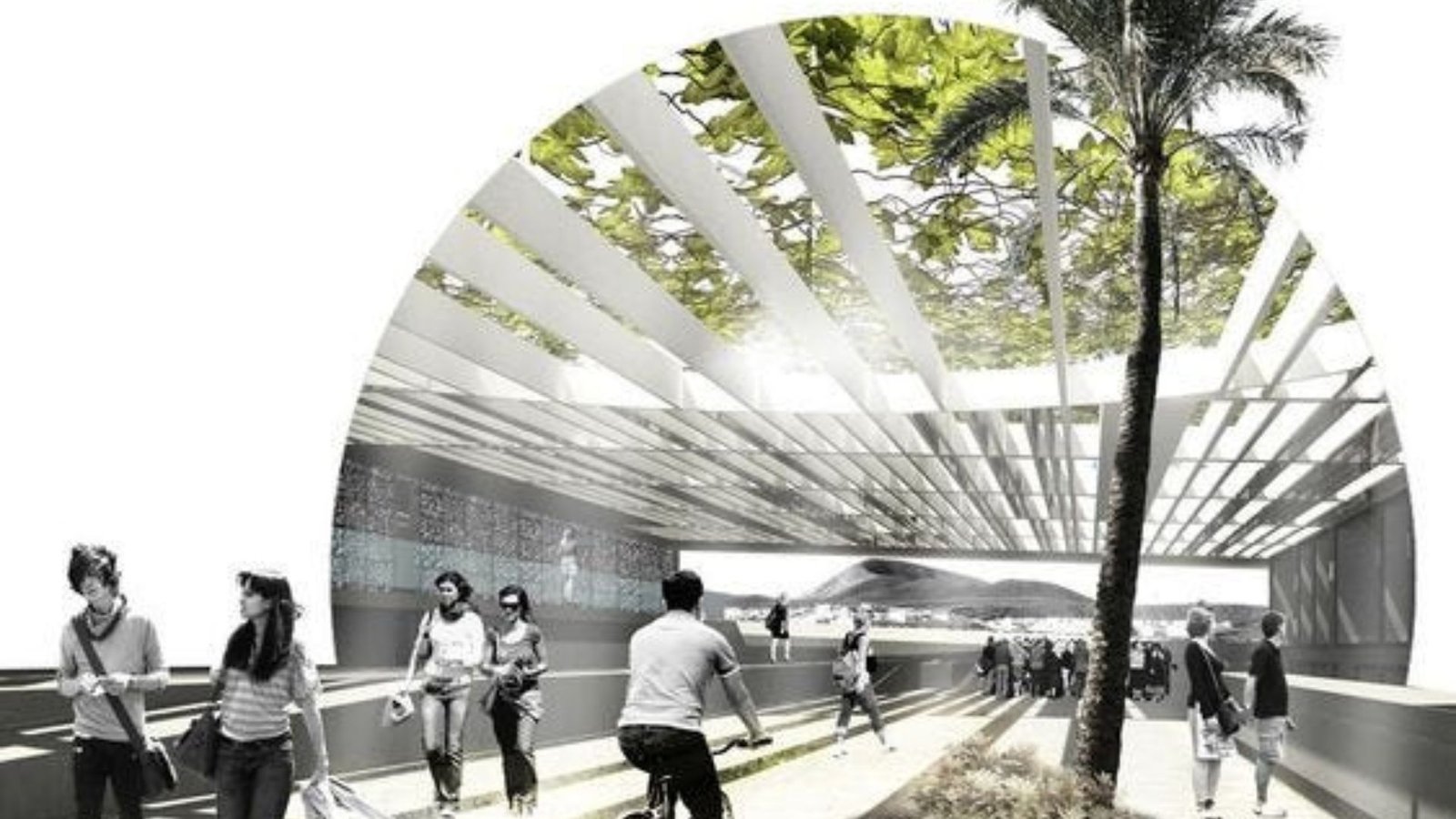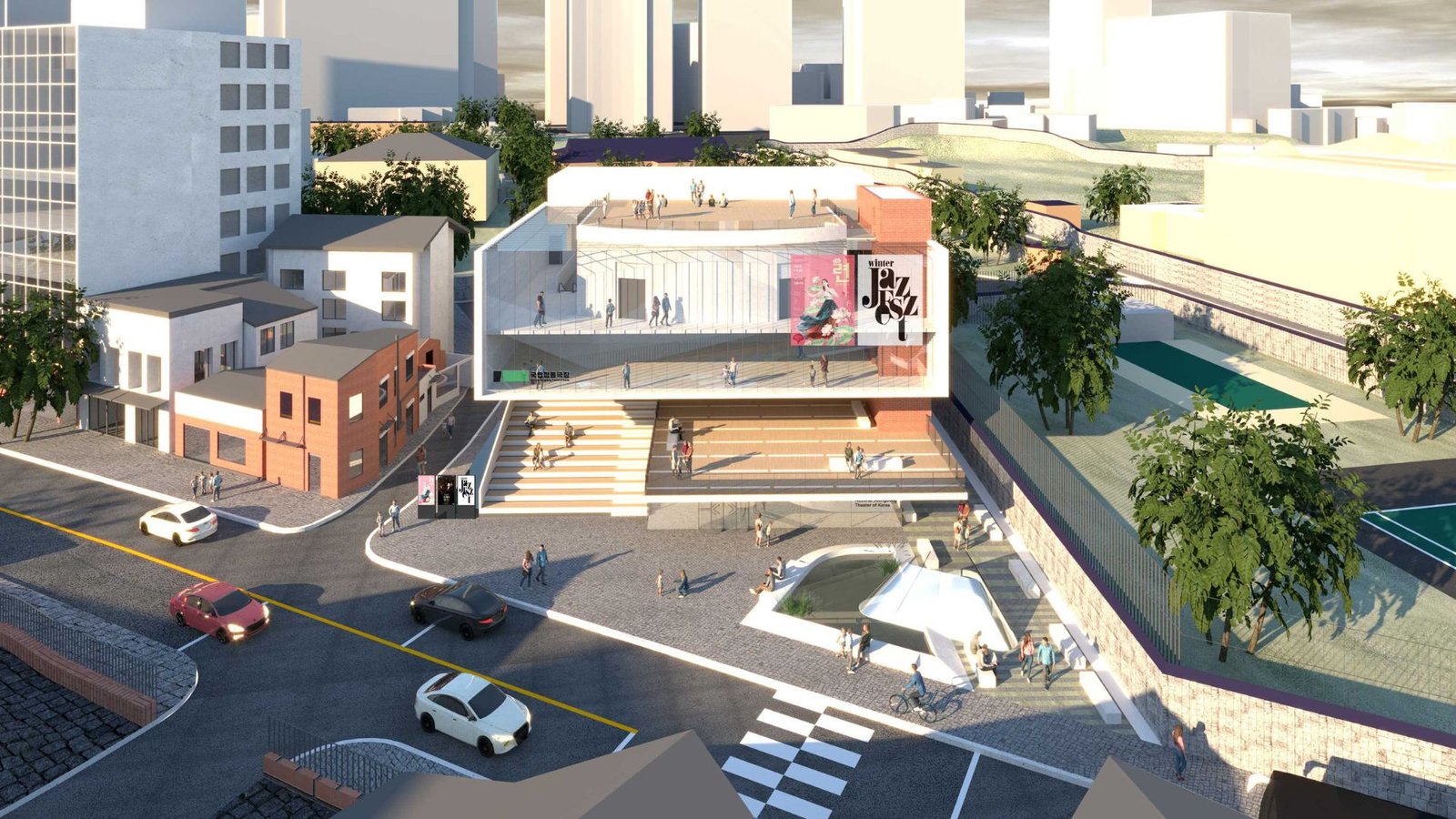How Human-Centered Design Impacts Architectural Function
Human-centered design is a key approach that significantly impacts architectural function. It focuses on creating spaces that prioritize the needs and experiences of the people who use them. This method is essential in making sure buildings are not only functional but also comfortable and efficient for their users. In this blog post, we’ll discuss how Human-Focused Design affects architectural function and why it matters.

Understanding Human-Centered Design
First, let’s define Human-Focused Design. This approach places people at the center of the design process. It means designing buildings and spaces with a deep understanding of the users’ needs, preferences, and behaviors. When architects use human-centered design, they consider how people will interact with the space, ensuring that the design supports their well-being and functionality.
Human-centered design impacts architectural function in several ways. By focusing on how people will use and experience space, architects can create environments that are more efficient, comfortable, and practical.
Enhancing User Comfort and Efficiency
One way human-centered design impacts architectural function is by enhancing user comfort and efficiency. For example, in offices, human-centered design can lead to better layouts that reduce stress and increase productivity. This might involve creating quiet zones for focused work or open areas for collaboration.
Similarly, in residential buildings, Human-Focused Design ensures that spaces like kitchens and bathrooms are easy to use and access. Features such as adjustable lighting, ergonomic furniture, and accessible layouts all contribute to making daily activities more comfortable and efficient.
Improving Accessibility and Inclusivity
Another important aspect of Human-Focused Design is improving accessibility and inclusivity. This approach ensures that buildings accommodate people of all abilities and ages. For instance, ramps, elevators, and wide doorways are essential for people with mobility challenges.
By incorporating universal design principles, architects can make spaces more inclusive. This means that everyone, regardless of their physical abilities, can use and enjoy the building. Human-centered design impacts architectural function by ensuring that these accessibility features are seamlessly integrated into the design.
Encouraging Interaction and Well-Being
Human-Focused Design also impacts architectural function by encouraging positive social interaction and well-being. Spaces designed with people in mind often include areas that foster community and connection. For example, communal spaces in residential buildings or public areas in workplaces can help people interact and build relationships.
Moreover, human-centered architecture can enhance well-being by incorporating natural light, greenery, and comfortable environments. Research shows that exposure to nature and natural light can improve mood and productivity. Thus, designing spaces that include these elements contributes to better overall health and satisfaction.
Adapting to Changing Needs
Flexibility is another benefit of Human-Focused Design. As people’s needs change, flexible spaces can adapt accordingly. For instance, modular furniture and adjustable partitions allow a space to be reconfigured for different uses over time.
In educational settings, classrooms designed with flexibility in mind can support various teaching methods and learning activities. This adaptability helps ensure that the space continues to function well as needs and technologies evolve.
Incorporating Feedback and Continuous Improvement
Human-centered design impacts architectural function by incorporating user feedback into the design process. Architects often gather input from users through surveys, interviews, or usability studies. This feedback helps them make informed design choices that better meet users’ needs.
Furthermore, human-centered design involves continuous improvement. After a building is used, architects can assess how well it functions and make adjustments based on user experiences. This iterative process helps refine the design to enhance its functionality and effectiveness.
Conclusion
In conclusion, Human-Focused Design profoundly impacts architectural function by enhancing comfort, efficiency, accessibility, and well-being. By focusing on the needs and experiences of users, architects create spaces that are not only functional but also enjoyable and adaptable. Incorporating user feedback and designing with flexibility in mind further ensures that buildings continue to meet the needs of their occupants. Embracing human-centered design is essential for creating spaces that truly support and improve the lives of their users.



